Home>Articles>How Do You Get Krazy Glue Off Granite Countertops


Articles
How Do You Get Krazy Glue Off Granite Countertops
Modified: August 17, 2024
Learn effective methods for removing Krazy Glue from granite countertops with our helpful articles. Discover expert tips and tricks now!
(Many of the links in this article redirect to a specific reviewed product. Your purchase of these products through affiliate links helps to generate commission for Storables.com, at no extra cost. Learn more)
Introduction
Granite countertops are a popular choice for many homeowners due to their durability, beauty, and ability to withstand daily wear and tear. However, accidents happen, and sometimes you may find yourself in a situation where you need to remove Krazy Glue from your granite countertops. Whether it’s an accidental spill or an attempt to repair a broken object, removing Krazy Glue from granite countertops requires caution and the right approach to avoid damaging the surface.
Krazy Glue, also known as cyanoacrylate adhesive, is a strong and fast-acting adhesive that bonds quickly to various surfaces, including granite. While this is desirable in many situations, it can become a challenge when it comes to removing it from delicate surfaces like granite. The strong bond can make it difficult to remove the glue without causing scratches or discoloration.
Before attempting to remove Krazy Glue from your granite countertops, it’s essential to understand the risks involved. Aggressive cleaning methods or the use of abrasive tools can potentially damage the sealant and leave your countertops vulnerable to stains, etching, or discoloration. Therefore, it’s crucial to approach the removal process with care and use the appropriate methods to minimize the risk of damaging the granite surface.
Before we dive into the different methods of removing Krazy Glue from granite countertops, there are a few precautions you should take to protect the countertops and yourself:
- Always wear protective gloves to prevent direct contact with the glue or any chemicals you may use during the removal process.
- Cover the surrounding area with a drop cloth or plastic sheet to prevent any accidental spills or drips from damaging other surfaces.
- Test any cleaning solution or method on a small, inconspicuous area of the countertop to ensure it does not cause any damage or discoloration.
By following these precautions, you’ll minimize the potential risks and ensure a successful and safe removal process. Now, let’s explore the different methods you can use to safely remove Krazy Glue from your granite countertops.
Key Takeaways:
- Safely removing Krazy Glue from granite countertops requires caution and the right approach to avoid damaging the surface. Precautions, gentle cleaning methods, and testing on a small area are essential for successful removal.
- Highly polished granite countertops require special care to maintain their shine and protect their delicate surface. Avoid abrasive cleaners, use soft cloths, and regularly seal the surface to preserve the beauty of your countertops.
Read more: How To Get Stains Off Granite Countertops
Understanding Krazy Glue
Krazy Glue, also known as cyanoacrylate adhesive, is a popular and versatile adhesive that forms a strong and durable bond. It is commonly used for bonding materials such as metal, plastic, leather, ceramics, and even granite. Krazy Glue works by polymerizing rapidly when it comes into contact with moisture, creating a strong, clear bond that can be difficult to break.
When Krazy Glue comes into contact with granite countertops, it forms an immediate bond. The strong adhesive properties of Krazy Glue make it challenging to remove without causing damage to the delicate surface of the granite. While granite is a durable material, it is susceptible to scratches and discoloration if not treated with care.
One important factor to note when dealing with Krazy Glue on granite countertops is the porosity of the stone. Granite is a natural stone that can have pores and fissures, especially if it has not been properly sealed. These pores can absorb the Krazy Glue, making the removal process more challenging.
It’s important to mention that there are different types of Krazy Glue available in the market, each designed for specific purposes. Some variations may have different chemical compositions or additional properties, and it’s always a good idea to check the product label or manufacturer’s instructions before attempting to remove it from any surface.
Now that we have a better understanding of Krazy Glue and its adhesive properties, let’s discuss the potential risks involved in removing it from granite countertops and the precautions you should take before starting the removal process.
Possible Risks of Removing Krazy Glue from Granite Countertops
When it comes to removing Krazy Glue from granite countertops, there are several potential risks you should be aware of. Although granite is a durable and resilient material, it can still be susceptible to damage if not treated properly during the removal process. Here are some of the risks associated with removing Krazy Glue from granite countertops:
- Scratches: Granite is susceptible to scratches from abrasive materials or incorrect cleaning tools. Scrubbing the surface vigorously or using abrasive chemicals can cause scratches that may mar the appearance of your countertops.
- Discoloration: Certain cleaning agents or solvents may cause discoloration on the granite surface. Using chemicals that are not safe for use on granite or leaving certain substances in contact with the surface for too long can result in permanent stains or discoloration.
- Etching: Granite is vulnerable to etching, which is the corrosion or dulling of the polished surface. Certain cleaning agents or methods can cause the protective sealant to break down and result in etching on the surface, making it appear dull and hazy.
- Weakening the Sealer: Aggressive cleaning methods or the use of harsh chemicals can weaken the sealant applied to the granite countertops. This can make the surface more susceptible to stains, spills, and other damage in the future.
- Damaging the Subsurface: While granite is generally durable, it can still be prone to fractures or cracks if excessive force is applied during the removal process. An improper technique or the use of sharp objects can potentially damage the subsurface of the granite.
To minimize the risks associated with removing Krazy Glue from granite countertops, it’s essential to follow proper precautions and use appropriate methods and cleaning agents. It’s also crucial to test any cleaning solution or method on a small, inconspicuous area of the countertop before applying it to the entire surface.
In the next section, we will discuss the precautions you should take before attempting to remove Krazy Glue from your granite countertops.
Precautions before Removing Krazy Glue
Before you start removing Krazy Glue from your granite countertops, it’s important to take certain precautions to protect both the surface and yourself. These precautions will help minimize the risk of damage to the granite and ensure a safe and successful removal process. Here are the precautions you should take:
- Wear Protective Gloves: Krazy Glue can be harsh on the skin and may cause irritation. To protect your hands, always wear a pair of disposable gloves before handling any chemicals or attempting to remove the glue. Gloves will also prevent the transfer of natural oils or sweat onto the granite, which can affect the effectiveness of the removal process.
- Cover the Surrounding Area: Place a drop cloth, plastic sheet, or additional protection around the immediate area of the countertop. This will prevent any accidental spills or drips from damaging other surfaces, such as floors or cabinets. It’s better to be safe than sorry!
- Test the Cleaning Solution: Before applying any cleaning solution to the entire granite surface, it’s important to test it on a small, inconspicuous area. This test will help determine if the cleaning agent is safe to use on your particular type of granite and if it causes any discoloration or damage. Wait for a few minutes and observe the tested area closely. If there are no adverse reactions, you can proceed with confidence.
- Use Gentle Cleaning Tools: When removing Krazy Glue, avoid using abrasive cleaning tools, such as steel wool or harsh scrubbing brushes. These can scratch or damage the surface of the granite. Instead, opt for soft, non-abrasive cloths, microfiber towels, or gentle sponges to apply and remove the cleaning solution.
- Follow Manufacturer’s Instructions: If you are using a specific adhesive remover or solvent recommended by the manufacturer, make sure to carefully read and follow the instructions provided. Different products may have different application methods and contact times, so it’s important to adhere to the recommended guidelines.
By taking these precautions, you are ensuring the safety of your granite countertops and minimizing the risk of any undesirable effects during the removal process. With these measures in place, you can now proceed confidently to choose the most suitable method to remove Krazy Glue from your granite countertops.
In the following sections, we will discuss different methods that you can use to safely remove Krazy Glue from your granite countertops, along with step-by-step instructions and additional tips.
Methods to Safely Remove Krazy Glue from Granite Countertops
When it comes to removing Krazy Glue from granite countertops, there are a few effective methods you can try. These methods use common household items and gentle cleaning agents to safely dissolve or soften the glue, making it easier to remove without damaging the granite surface. Here are four popular methods:
Option 1: Using Acetone or Nail Polish Remover
Acetone or nail polish remover is a common and effective solvent that can help break down the Krazy Glue and make it easier to remove. Here’s how you can use it:
- Apply a small amount of acetone or nail polish remover directly to the affected area of the glue.
- Gently rub the area with a soft cloth or sponge in a circular motion to help lift and dissolve the glue.
- Continue rubbing until the glue starts to loosen and come off. You may need to reapply the acetone or nail polish remover if the glue is stubborn.
- Once the glue is removed, clean the countertop with mild dish soap and water to remove any residue. Rinse thoroughly and dry with a soft cloth.
Option 2: Using Isopropyl Alcohol
Isopropyl alcohol, also known as rubbing alcohol, can also be an effective solvent for removing Krazy Glue. Here’s how you can use it:
- Moisten a soft cloth or sponge with isopropyl alcohol.
- Gently rub the cloth onto the affected area, applying slight pressure to help loosen the glue.
- Continue rubbing until the glue starts to dissolve and come off. You may need to reapply the isopropyl alcohol if necessary.
- After the glue is removed, clean the countertop with mild dish soap and water to remove any residue. Rinse thoroughly and dry with a soft cloth.
Option 3: Using a Plastic Scraper or Razor Blade
If the Krazy Glue has hardened and is difficult to remove, you can try using a plastic scraper or a razor blade (at a shallow angle) to gently scrape off the glue. However, exercise caution, as this method can potentially scratch the surface of the granite. Use the following steps:
- Hold the scraper or razor blade at a shallow angle to the surface of the granite.
- Gently scrape the glue in a back-and-forth motion, being careful not to apply too much pressure or dig into the granite.
- Once the majority of the glue is removed, use one of the previous methods (acetone, nail polish remover, or isopropyl alcohol) to dissolve any remaining residue.
- Clean the countertop with mild dish soap and water after removing the glue. Rinse thoroughly and dry with a soft cloth.
Option 4: Using Warm Water and Dish Soap
If the glue is fresh and hasn’t fully cured, you may be able to remove it using a simple solution of warm water and dish soap. Here’s what you can do:
- Fill a basin or bowl with warm water and add a few drops of mild dish soap. Mix well to create a soapy solution.
- Dip a soft cloth or sponge in the soapy water and gently dab it onto the glue spot.
- Allow the soapy water to sit on the glue for a few minutes to soften it.
- Gently rub the area in a circular motion to loosen and remove the glue. If needed, you can lightly scrape the glue with a plastic scraper.
- After the glue is removed, rinse the countertop thoroughly with clean water and dry with a soft cloth.
Remember to always test any cleaning method or solution on a small, inconspicuous area of the countertop before applying it to the entire surface. This will help ensure that the method does not cause any damage or discoloration.
Now that we’ve covered the methods for safely removing Krazy Glue from granite countertops, it’s important to note that highly polished granite requires special care. Let’s explore that in the next section.
Read more: How Do You Cut Granite Countertops
Option 1: Using Acetone or Nail Polish Remover
One effective method for removing Krazy Glue from granite countertops is using acetone or nail polish remover. Acetone is a strong solvent that can break down the adhesive properties of the glue, making it easier to remove. Here’s how you can use this method:
- Begin by ensuring that the area is well-ventilated. Open windows or turn on fans to ensure proper airflow.
- Wear protective gloves to prevent direct contact with the acetone or nail polish remover.
- Dampen a soft cloth or sponge with a small amount of acetone or nail polish remover. Make sure it is only slightly damp, as excessive moisture can damage the granite surface.
- Gently dab the cloth onto the Krazy Glue, ensuring that the affected area is completely covered.
- Allow the acetone or nail polish remover to sit on the glue for a few minutes. This will give it time to penetrate and weaken the adhesive bond.
- Using a gentle circular motion, start rubbing the glue with the cloth or sponge. The adhesive should start to dissolve and come off the granite.
- If the glue is particularly stubborn or there is residue left, reapply the acetone or nail polish remover and continue rubbing.
- Once the glue is completely removed, clean the countertop with mild dish soap and warm water to remove any remaining residue.
- Rinse the area thoroughly with clean water and dry with a soft cloth to prevent water spots.
It’s important to note that acetone and nail polish remover are strong solvents and may affect the sealant or finish on your granite countertops. Therefore, it’s crucial to test these substances on a small, inconspicuous area of the countertop before applying them to the entire surface. If there are no adverse reactions or discoloration, you can proceed with confidence.
Remember to take precautions when using acetone or nail polish remover. Avoid contact with your skin and eyes, and keep the area well-ventilated to prevent inhaling any fumes. If you have concerns or doubts, it’s always a good idea to consult a professional for assistance in removing the Krazy Glue from your granite countertops.
Now that you know how to use acetone or nail polish remover to remove Krazy Glue from your granite countertops, let’s explore another method using isopropyl alcohol in the next section.
To remove Krazy Glue from granite countertops, soak a cloth in acetone or nail polish remover and gently dab the affected area. Let it sit for a few minutes, then wipe it off with a clean, damp cloth. Avoid using abrasive materials that could damage the surface.
Option 2: Using Isopropyl Alcohol
Another effective method for removing Krazy Glue from granite countertops is using isopropyl alcohol, also known as rubbing alcohol. Isopropyl alcohol acts as a solvent and can help dissolve the glue, making it easier to remove. Here’s how you can use this method:
- Start by ensuring that the area is well-ventilated. Open windows or turn on fans to ensure proper airflow.
- Put on protective gloves to avoid direct contact with the isopropyl alcohol.
- Moisten a soft cloth or sponge with isopropyl alcohol. It should be damp but not dripping.
- Gently dab the cloth onto the Krazy Glue, ensuring that the affected area is fully covered by the alcohol.
- Allow the isopropyl alcohol to sit on the glue for a few minutes. This will help loosen the adhesive bond between the glue and the granite.
- Using a circular motion, start gently rubbing the glue with the cloth or sponge. Apply slight pressure to help dissolve and lift the glue from the surface.
- If necessary, reapply isopropyl alcohol to the cloth and continue rubbing until all the glue is removed.
- Once the glue is completely removed, clean the countertop with mild dish soap and warm water to remove any residue.
- Rinse the area thoroughly with clean water and dry it with a soft cloth to prevent water spots.
Isopropyl alcohol is a mild solvent and is generally safe to use on granite countertops. However, it’s always advisable to test it on a small, inconspicuous area before applying it to the entire surface. This will help ensure that there are no adverse reactions or discoloration.
Remember to take precautions when using isopropyl alcohol. Avoid contact with your skin, eyes, or any open wounds, and keep the area well-ventilated to prevent inhaling any fumes. If you have any concerns or doubts, consider consulting a professional for assistance in removing the Krazy Glue from your granite countertops.
Now that you know how to use isopropyl alcohol to remove Krazy Glue, let’s explore another method using a plastic scraper or razor blade in the next section.
Option 3: Using a Plastic Scraper or Razor Blade
If the Krazy Glue has hardened and is difficult to remove from your granite countertops, you can try using a plastic scraper or a razor blade (at a shallow angle) to carefully scrape off the glue. However, it’s important to exercise caution to avoid scratching or damaging the surface of the granite. Here’s how you can use this method:
- Start by ensuring that the area around the glued spot is well-protected. Cover the surrounding area with plastic or a drop cloth to prevent accidental damage.
- Hold the plastic scraper or razor blade at a shallow angle to the surface of the granite. Ensure that the blade is flat against the countertop to avoid excessive pressure or digging into the granite.
- Gently scrape the hardened glue with the plastic scraper or razor blade, using a back-and-forth motion. Apply light pressure and keep the blade at a shallow angle to prevent any accidental damage to the surface.
- If necessary, moisten a soft cloth or sponge with warm water and gently wipe the area to remove any residue or remaining glue fragments.
- After removing the glue, clean the countertop with mild dish soap and warm water to ensure the area is free from any remaining residue.
- Rinse the countertop thoroughly with clean water and dry it with a soft cloth to prevent water spots.
While using a plastic scraper or razor blade can be effective in removing hardened Krazy Glue, it’s essential to use caution. Avoid applying excessive pressure or using a sharp object that can cause scratches. Always maintain a shallow angle and keep the blade flat against the surface to prevent damage to the granite.
If you’re unsure about using this method or are concerned about potential damage to your granite countertops, it’s recommended to consult a professional for assistance.
Now that you know how to use a plastic scraper or razor blade for removing Krazy Glue, let’s explore another method using warm water and dish soap in the next section.
Option 4: Using Warm Water and Dish Soap
If the Krazy Glue is fresh and hasn’t fully hardened, you can try using a simple solution of warm water and dish soap to remove it from your granite countertops. This method is gentle and safe for most granite surfaces. Here’s how you can use this method:
- Start by filling a basin or bowl with warm water. Add a few drops of mild dish soap and mix well to create a soapy solution.
- Dip a soft cloth or sponge into the soapy water, making sure it is thoroughly moistened but not dripping.
- Gently dab the cloth or sponge onto the Krazy Glue, ensuring that the affected area is fully covered.
- Allow the warm, soapy water to sit on the glue spot for a few minutes. This will help soften and loosen the adhesive.
- After a few minutes, gently rub the area in a circular motion using the damp cloth or sponge. Apply light pressure to encourage the glue to lift off the granite.
- If needed, lightly scrape the glue with a plastic scraper or your fingernail to help remove any remaining residue.
- Once the glue is completely removed, rinse the area with clean water to remove any soap residue.
- Dry the countertop with a soft cloth to prevent water spots or streaks.
This method is particularly effective for fresh glue stains and is unlikely to cause any damage to your granite countertops. However, as every granite surface is unique, it’s always a good idea to test this method on a small, inconspicuous area first to ensure there are no adverse reactions or discoloration.
If the Krazy Glue has hardened or the above method doesn’t fully remove the glue from your granite countertops, you may need to try one of the other methods mentioned or seek professional assistance.
Now that you know how to use warm water and dish soap to remove Krazy Glue from your granite countertops, let’s explore some special care tips for highly polished granite in the next section.
Read more: How Do You Paint Granite Countertops
Special Care for Highly Polished Granite Countertops
Highly polished granite countertops require special care to maintain their shine and protect their delicate surface. When removing Krazy Glue from highly polished granite, it’s important to take additional precautions to prevent damage and preserve the countertop’s glossy finish. Here are some tips to care for highly polished granite countertops:
- Avoid Abrasive Cleaners: Avoid using abrasive cleaners, scrub brushes, or scouring pads on highly polished granite. These can scratch the surface and dull its shine. Stick to mild dish soap, warm water, or specialized granite cleaners.
- Use Soft, Non-Abrasive Cloths: When cleaning or removing Krazy Glue, use soft, non-abrasive cloths or microfiber towels to prevent scratching the polished surface.
- Wipe Spills Immediately: Highly polished granite can be more prone to stains. Wipe up any spills as soon as they occur to prevent them from seeping into the porous surface.
- Use Cutting Boards and Trivets: To prevent scratches or damage from hot objects, use cutting boards for food preparation and trivets for hot pots and pans on your highly polished granite countertops.
- Regularly Seal the Surface: Apply a high-quality granite sealer to the countertop according to the manufacturer’s instructions. This will help protect the polished surface from stains and make it easier to clean spills.
- Avoid Harsh Chemicals: Stay away from harsh chemicals, bleach, ammonia, or acidic cleaners when maintaining highly polished granite countertops. These can corrode the surface and cause etching or discoloration.
- Use pH-Neutral Cleaners: Opt for pH-neutral cleaners specifically designed for granite surfaces. These cleaners are gentle and safe to use on highly polished granite countertops.
- Regularly Clean and Dry: Clean your highly polished granite countertops regularly with mild dish soap and warm water. Dry them thoroughly with a soft cloth to avoid water spots or streaks.
Following these care tips will help keep your highly polished granite countertops in pristine condition and prolong their beauty for years to come. It’s essential to remember that prevention is key – the better you maintain and care for your countertops, the easier it will be to remove any glue or other stains that may occur.
Now that you know how to care for highly polished granite countertops, it’s time to conclude our discussion with some final thoughts and additional tips.
Final Thoughts and Additional Tips
Removing Krazy Glue from granite countertops can be a delicate process, but with the right approach and precautions, you can restore your countertops to their original condition. Here are some final thoughts and additional tips to keep in mind:
- Patience is key: Removing Krazy Glue from granite countertops may require some patience and repeated attempts, especially if the glue has hardened or is difficult to remove. Take your time and avoid rushing the process to prevent any damage to the granite surface.
- Test on a small area: Before applying any cleaning solution, solvent, or scraping tool to the entire countertop, test it on a small, inconspicuous area first. This will help ensure that the method or product does not cause any adverse reactions or damage to the granite.
- Seek professional assistance if unsure: If you have any doubts or concerns about removing Krazy Glue from your granite countertops, it’s always best to consult a professional. They have the expertise and knowledge to safely and effectively address the issue.
- Regular maintenance: To prevent future glue mishaps, make sure to practice regular maintenance of your granite countertops. Wipe up spills promptly, use cutting boards and trivets, and clean the surface regularly with appropriate cleaners to maintain its beauty and integrity.
- Read manufacturer’s instructions: When using any cleaning agents or solvents, follow the manufacturer’s instructions carefully. This will ensure that you are using the products correctly and safely.
- Consider preventive measures: To avoid Krazy Glue accidents, consider using protective mats or trays when working with adhesives near your granite countertops. This can help catch any spills or drips, preventing them from coming into contact with the surface.
Remember, each granite countertop is unique, and different methods or cleaning agents may yield varying results. It’s important to proceed with caution, using the method that works best for your specific situation and taking necessary precautions to protect the granite surface.
By following the tips and methods discussed in this article, you can safely and effectively remove Krazy Glue from your granite countertops without causing damage or compromising their beauty. With a little patience and care, your countertops will be restored to their pristine condition, ready to be enjoyed for years to come.
Thank you for reading and best of luck with removing Krazy Glue from your granite countertops!
Frequently Asked Questions about How Do You Get Krazy Glue Off Granite Countertops
Was this page helpful?
At Storables.com, we guarantee accurate and reliable information. Our content, validated by Expert Board Contributors, is crafted following stringent Editorial Policies. We're committed to providing you with well-researched, expert-backed insights for all your informational needs.
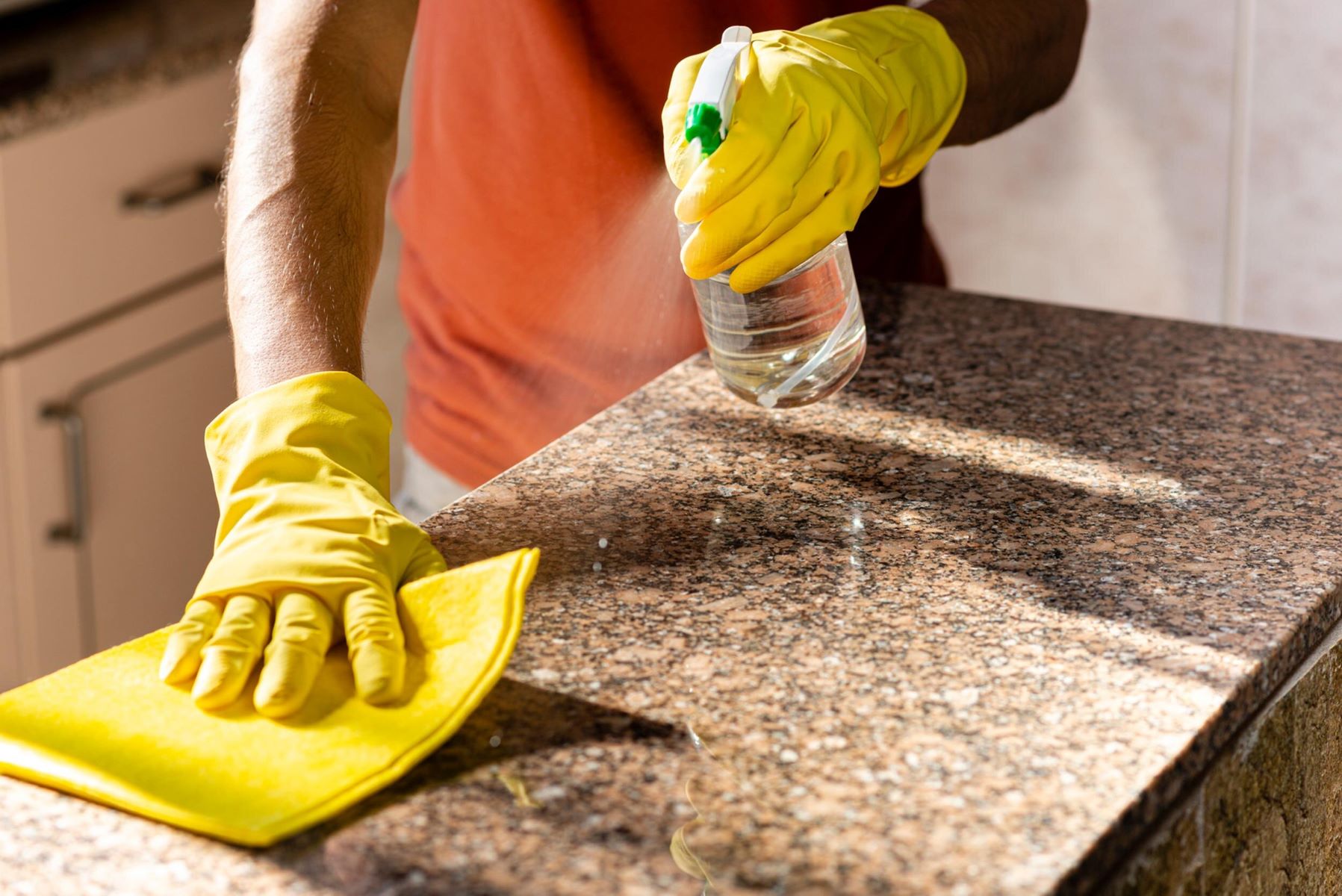
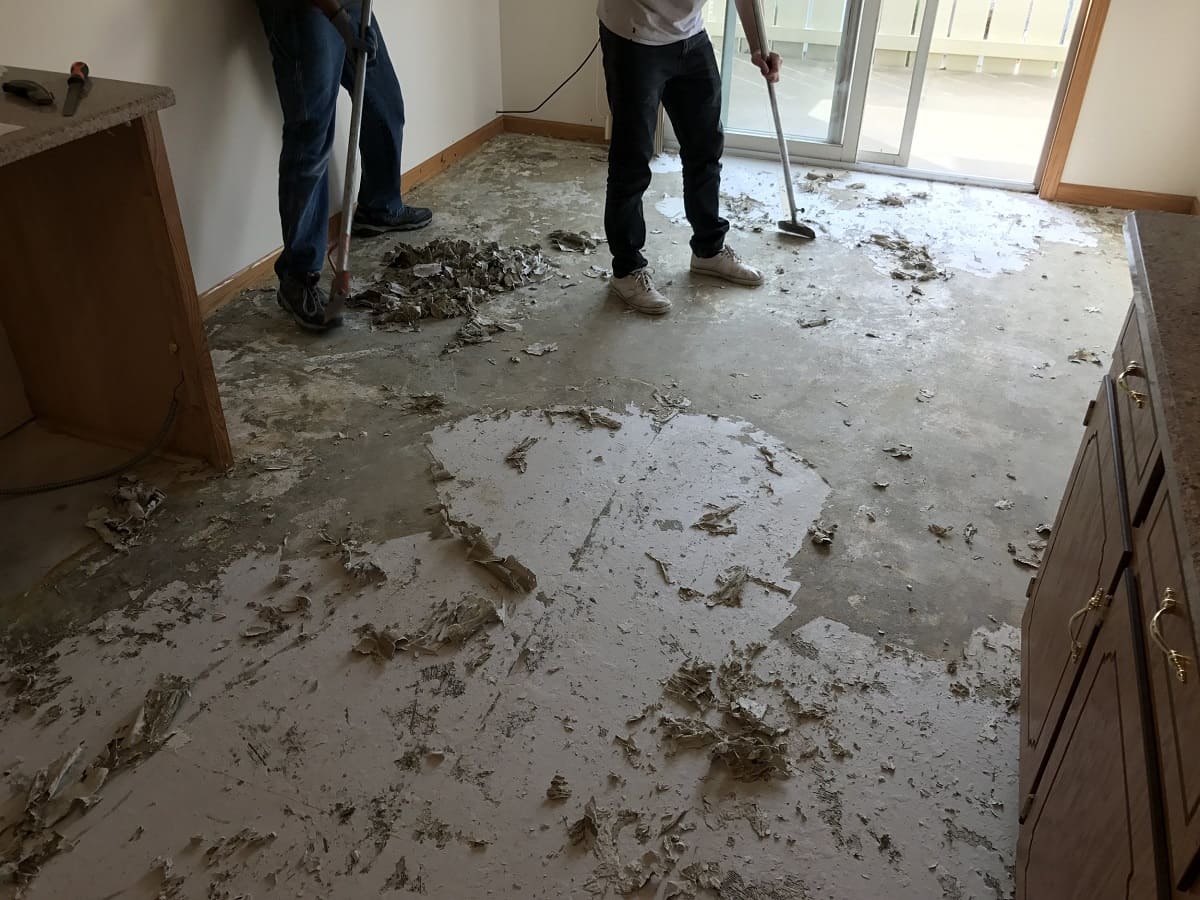
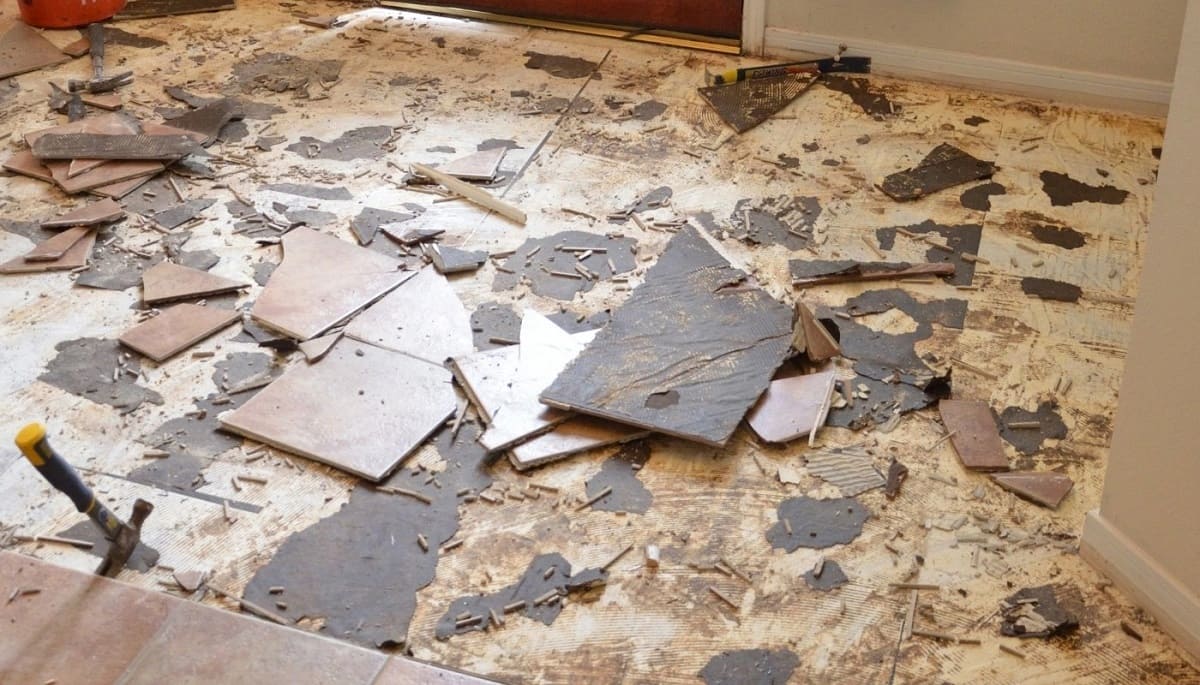
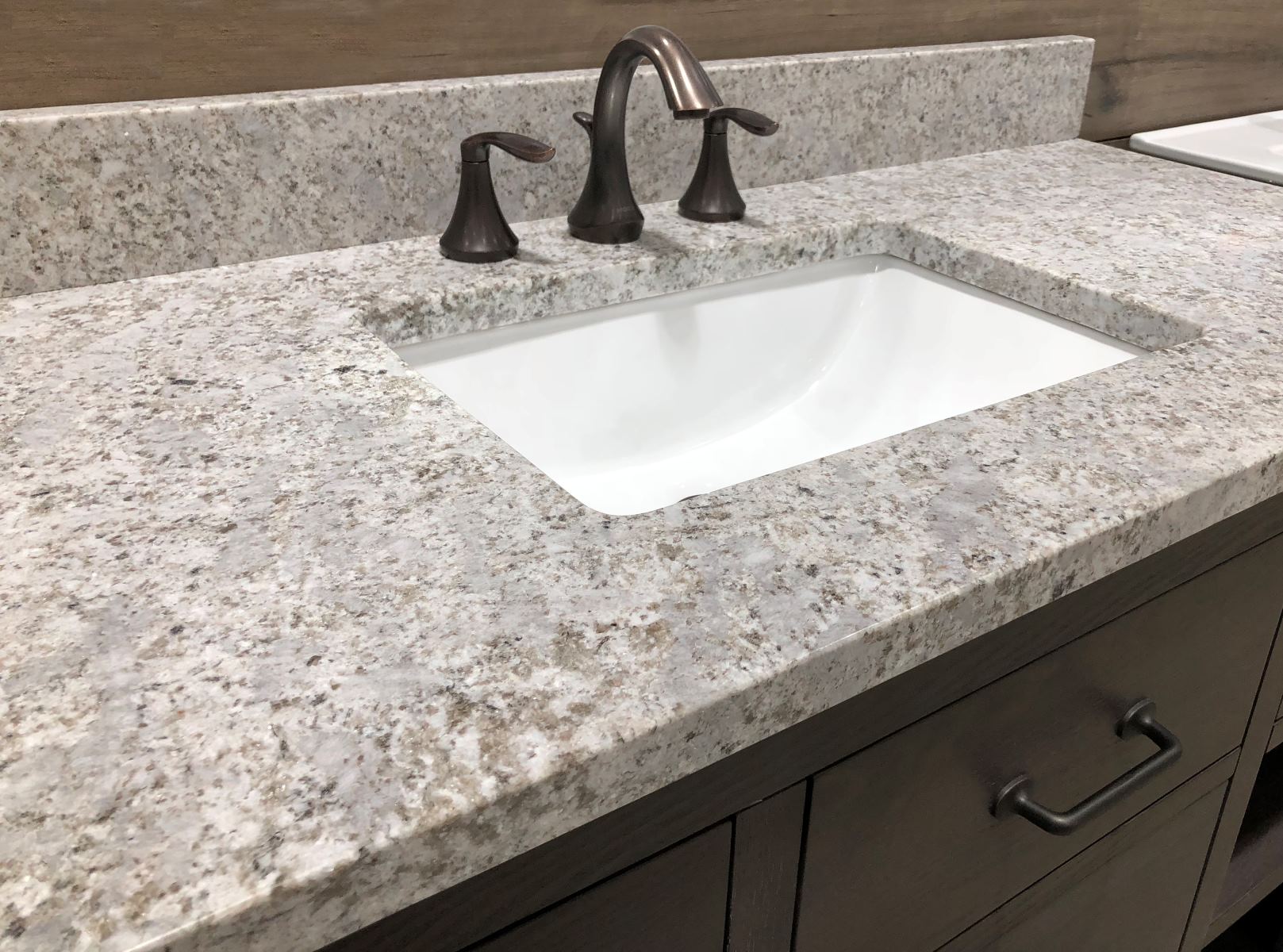
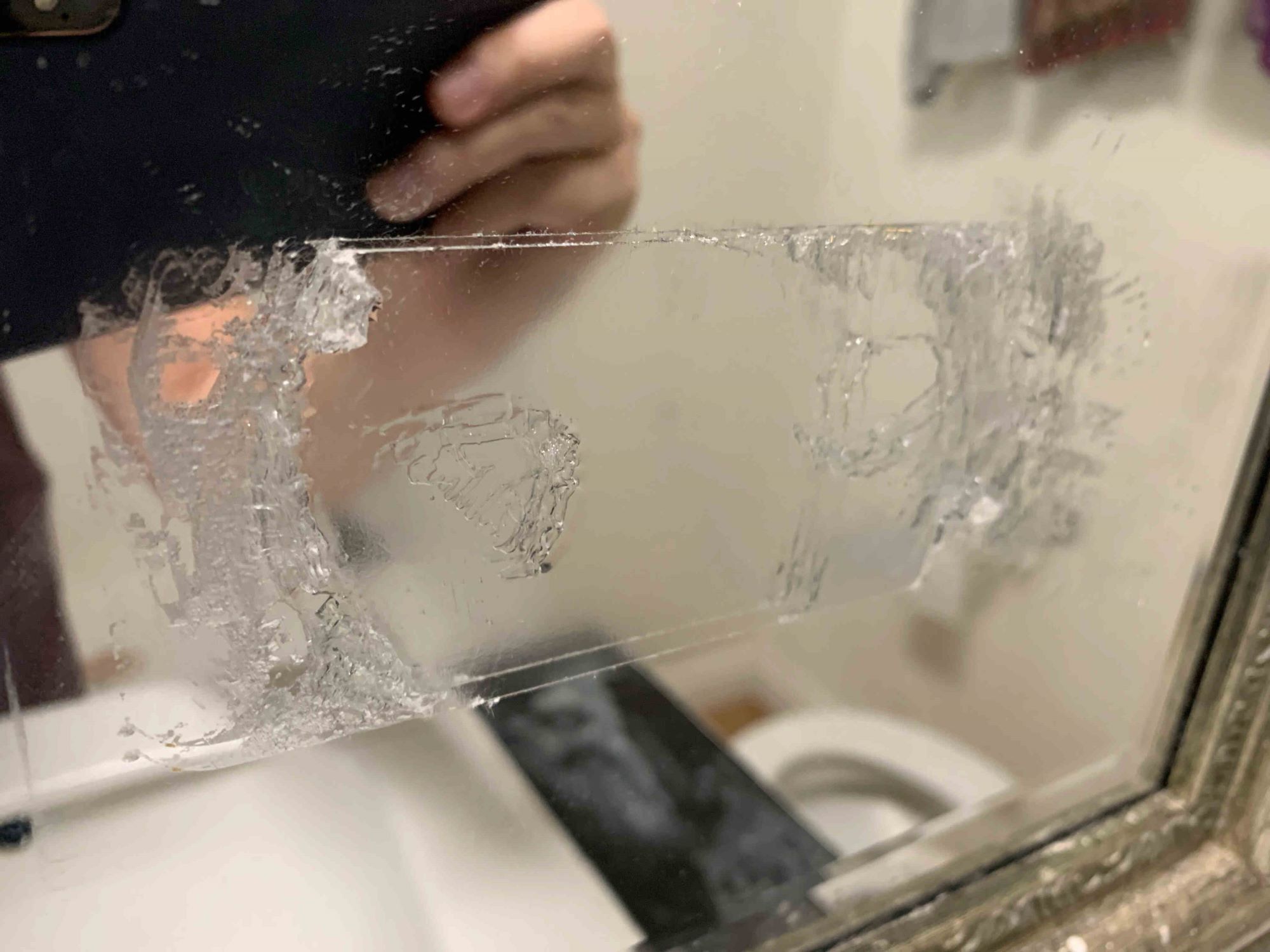
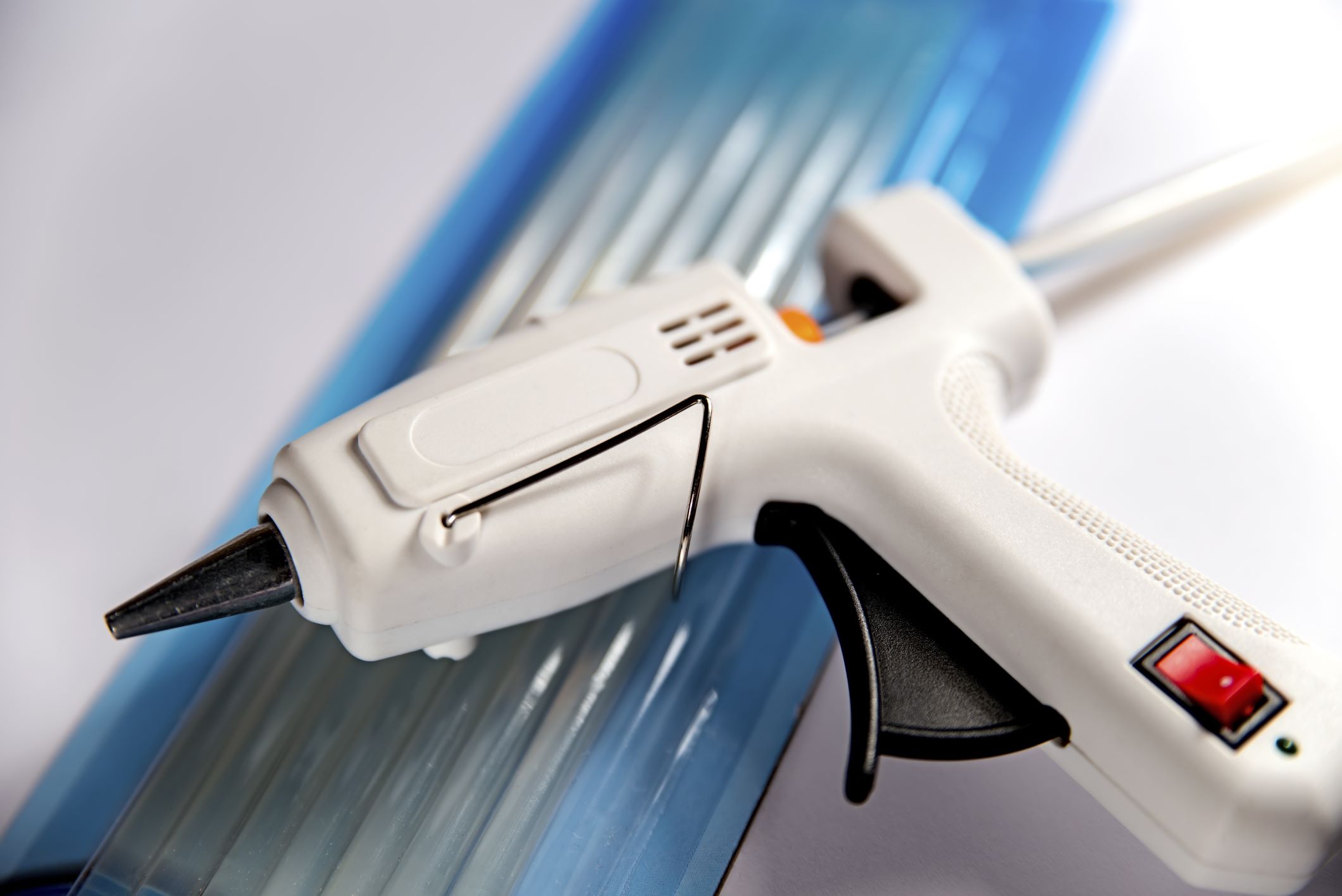
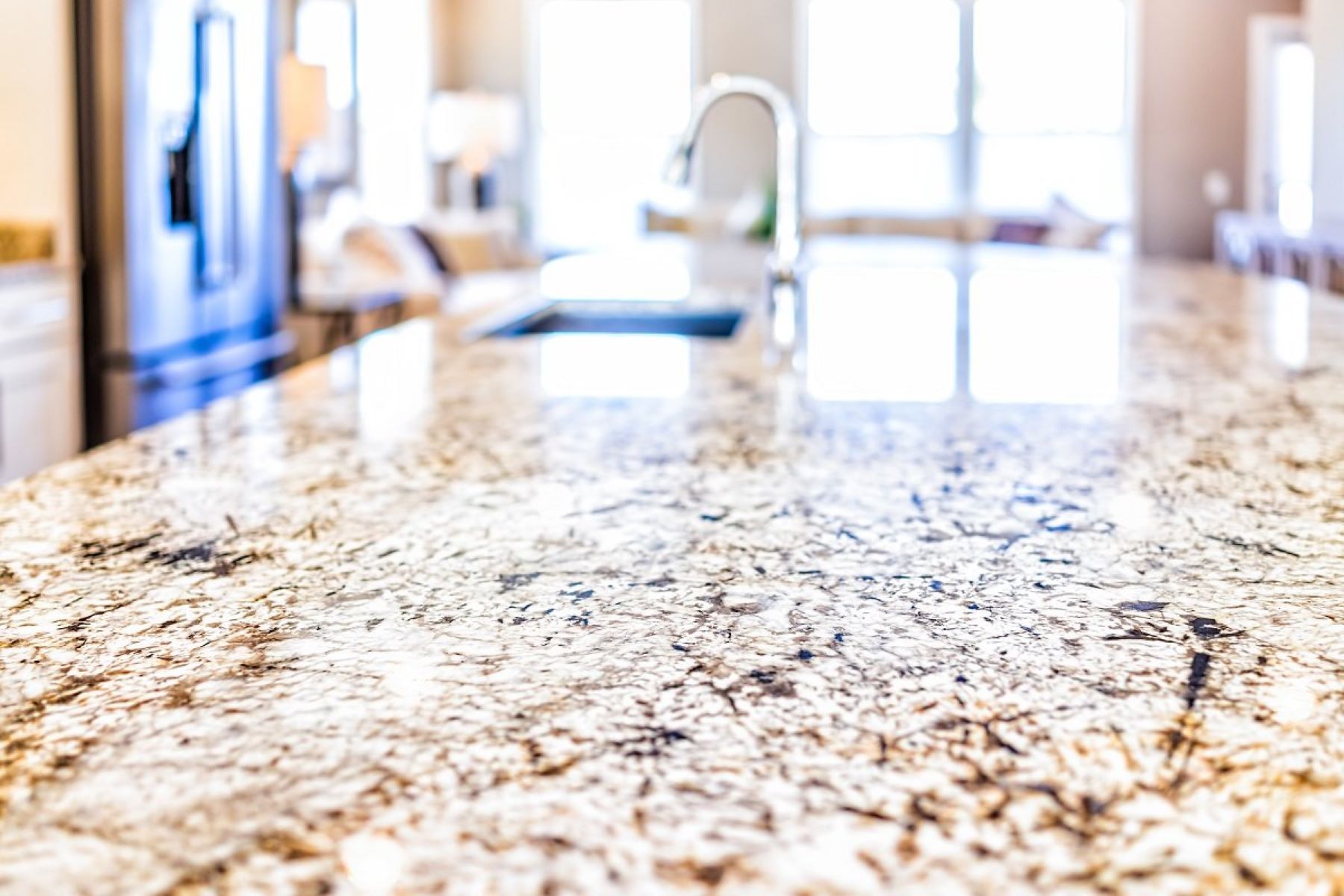
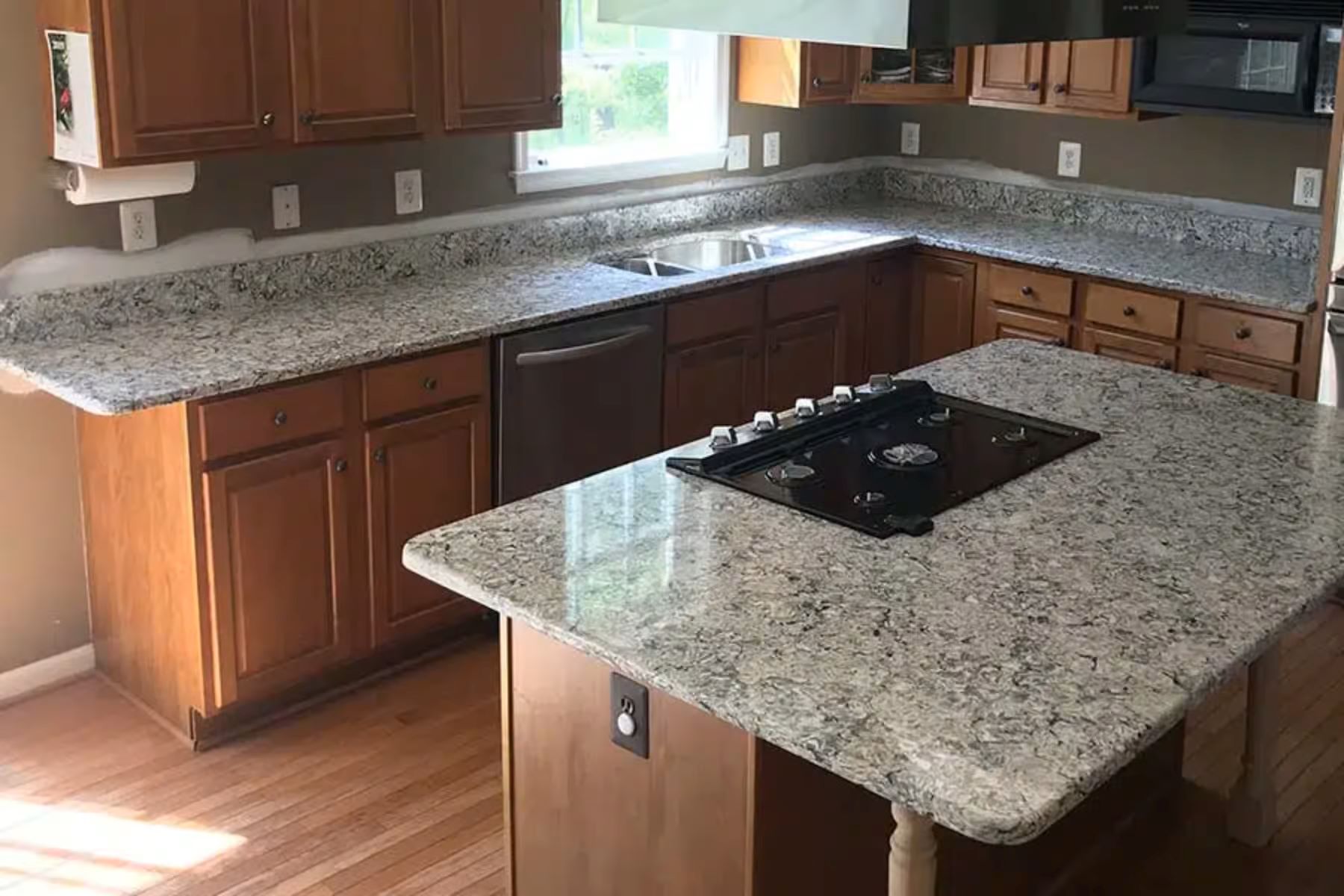
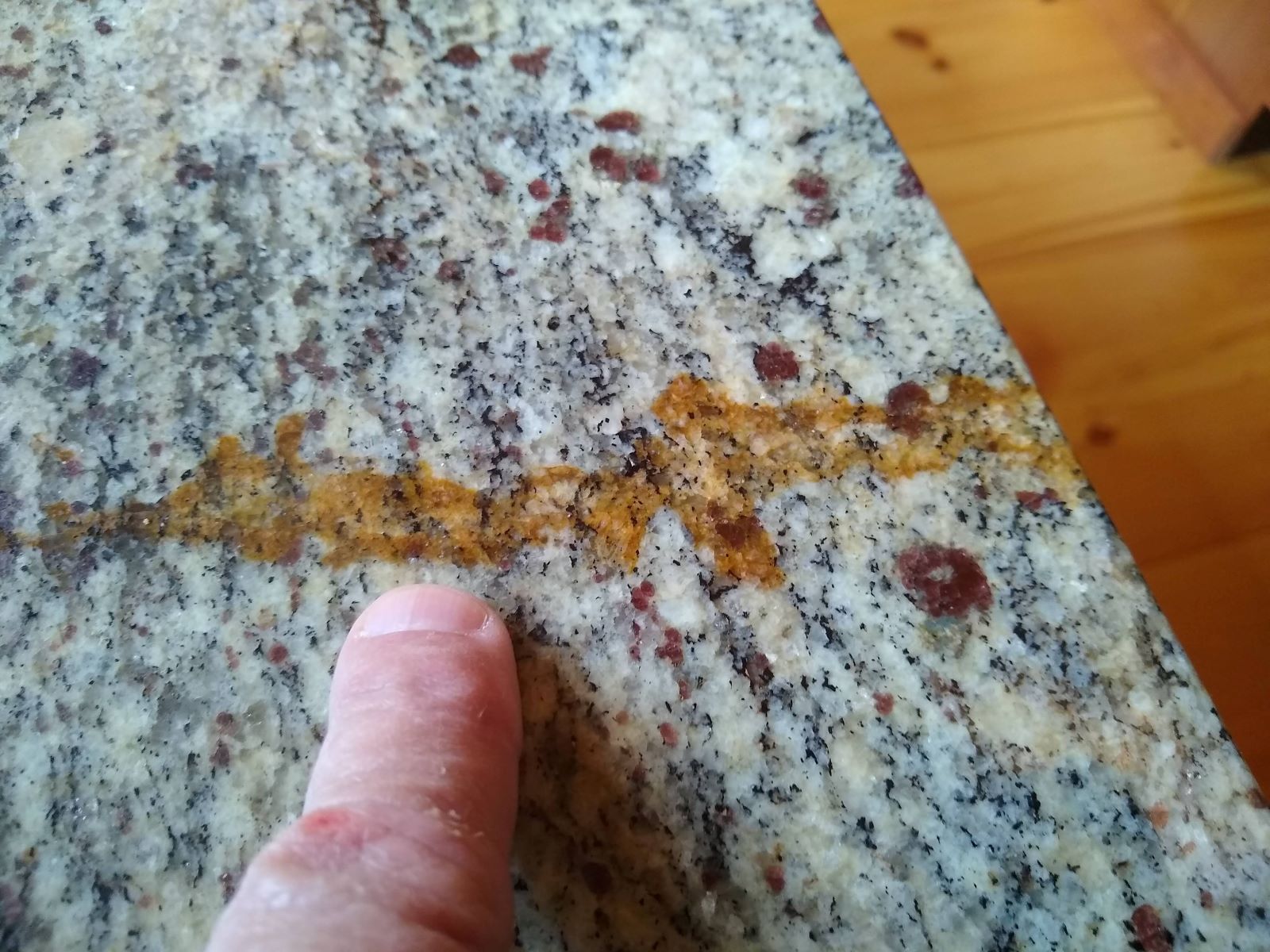
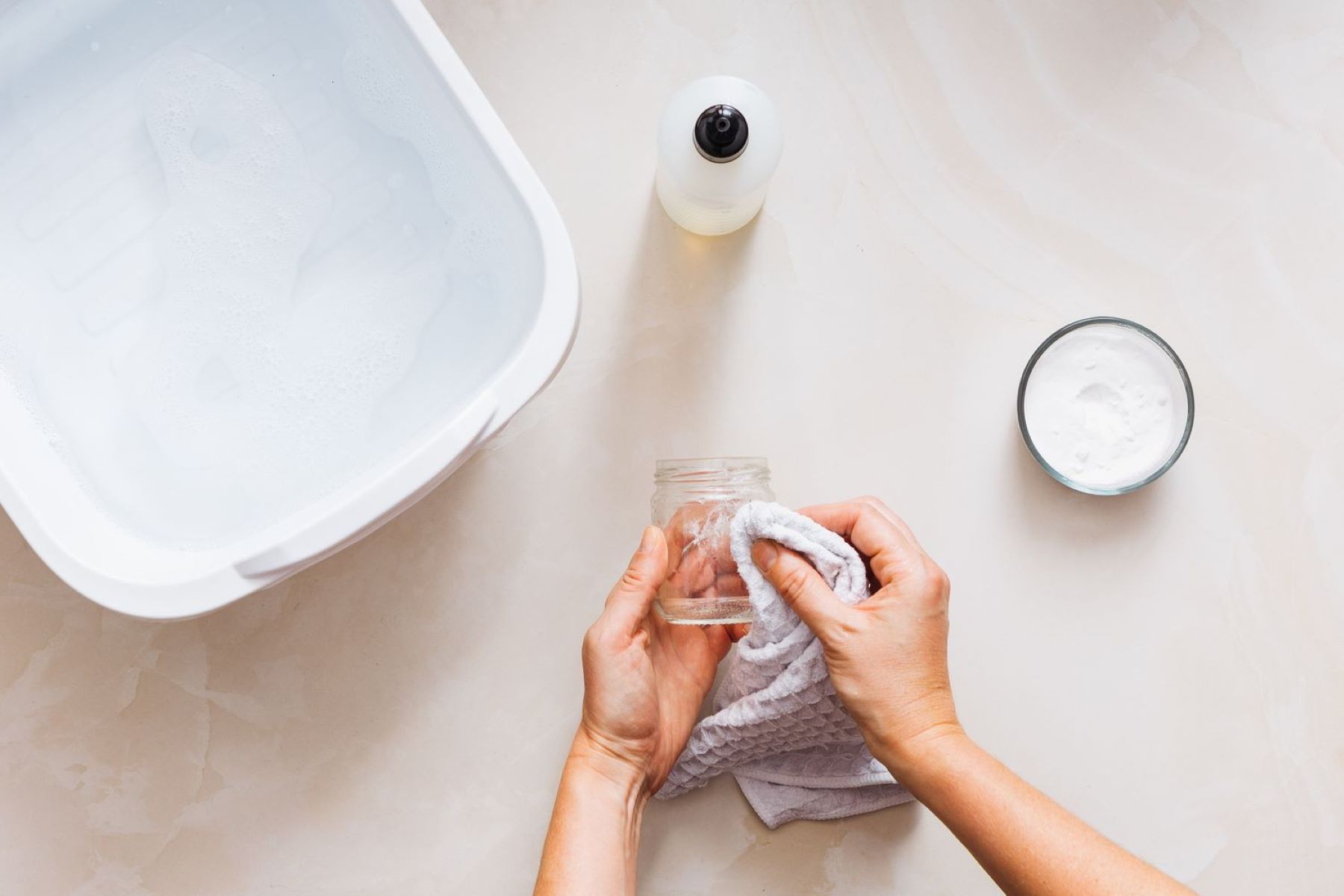
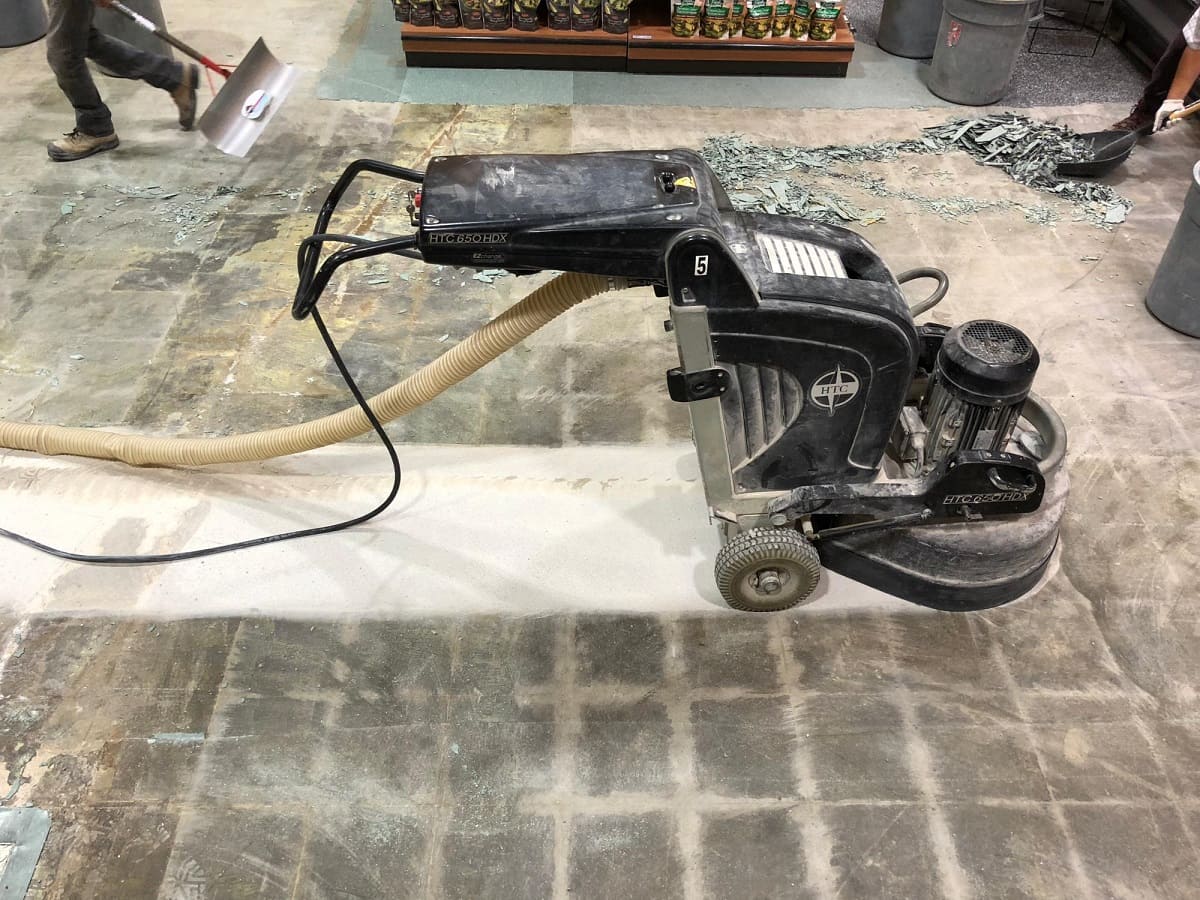
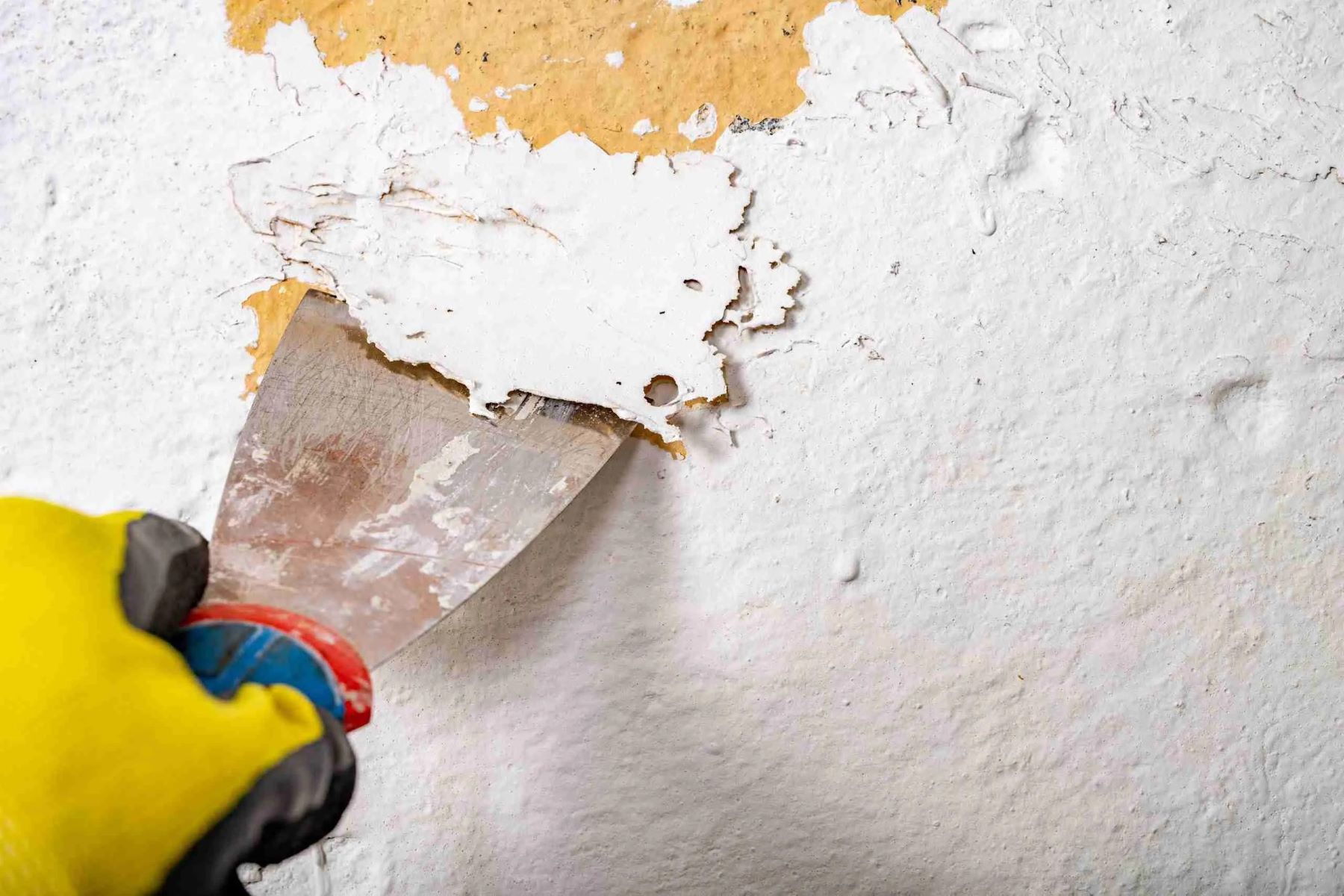
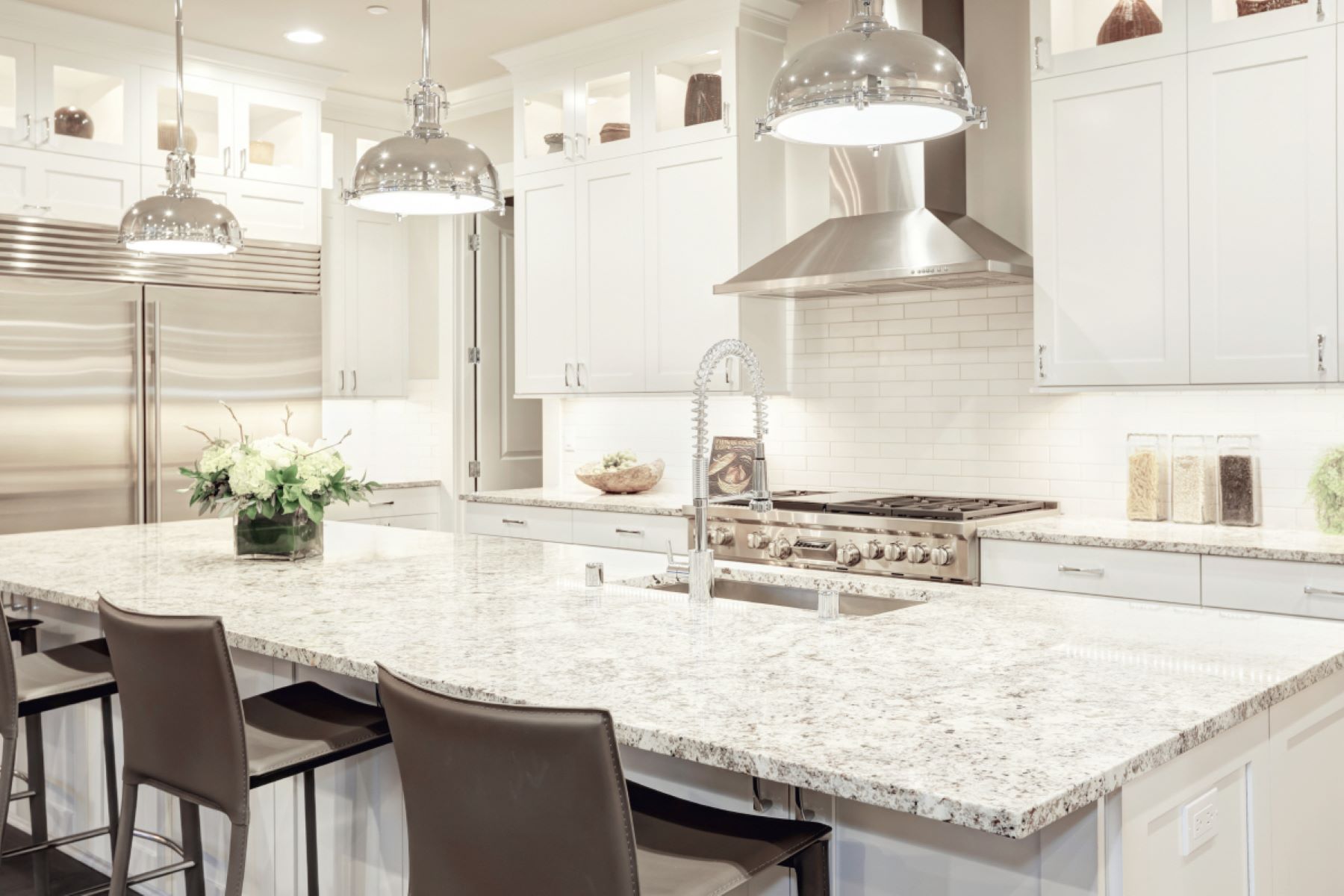

0 thoughts on “How Do You Get Krazy Glue Off Granite Countertops”